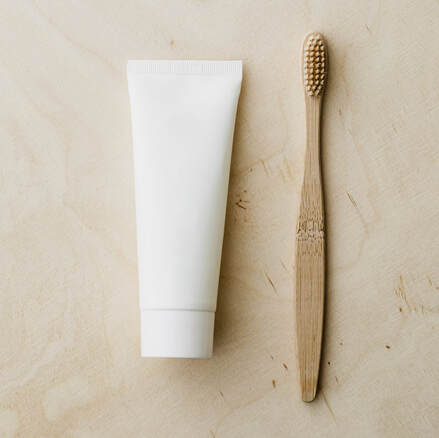Concourse Dental Group
Tooth Whitening
Tooth Whitening
Some people have visible fillings that are matched to the present shade of their teeth. Please note that whitening will not change the shade of these fillings to the new whiter shade of the teeth.
Similarly, crowns and bridges that blend aesthetically to stained teeth might stand out unfavourably after whitening.
Fillings, crowns, and bridges can be replaced after whitening to match the new shade of the teeth.
Similarly, crowns and bridges that blend aesthetically to stained teeth might stand out unfavourably after whitening.
Fillings, crowns, and bridges can be replaced after whitening to match the new shade of the teeth.
What is Teeth whitening?
Teeth whitening is a bleaching process that lightens discolouration of the teeth to create a whiter, brighter appearance.
What causes tooth discolouration?
- Coffee, tea, cola
- Tobacco
- Trauma
- Nerve degeneration
- Tetracycline (antibiotic) staining
- Excessive fluoride
- Genetic and acquired illness
- Aging
Who might benefit from teeth whitening?
Almost anyone, although there are some cases where the treatment may not be effective. In most cases yellow teeth can become white. Whitening might not be appropriate for patients with very sensitive teeth or gums, extreme tetracycline stains, or other resistant intrinsic stains. Our dentists will examine your teeth to determine if you are a candidate for whitening.
How does teeth whitening work?
There are two ways to whiten teeth. The first method is done by you at home using a professional grade product prescribed by your dentist. In this approach a teeth whitening gel is placed in a thin bleaching tray that fits over your teeth. The tray is placed over the teeth either for about an hour during the day or overnight. This is done for ten to fourteen days. This approach gives you control over how white your teeth will be.
The second way is carried out in the dental office under the supervision of the dentist. A gel is applied to the teeth for fifteen minutes. This is repeated two to three times at the same appointment. The advantage of this method is that you will see the result the same day. A disadvantage is that it can increase tooth sensitivity due to the use of a stronger bleaching gel.
In both cases the active ingredient, carbamide peroxide, converts to hydrogen peroxide and water. The hydrogen peroxide enters the enamel and dentin, bleaching the discoloured parts of the teeth.
The second way is carried out in the dental office under the supervision of the dentist. A gel is applied to the teeth for fifteen minutes. This is repeated two to three times at the same appointment. The advantage of this method is that you will see the result the same day. A disadvantage is that it can increase tooth sensitivity due to the use of a stronger bleaching gel.
In both cases the active ingredient, carbamide peroxide, converts to hydrogen peroxide and water. The hydrogen peroxide enters the enamel and dentin, bleaching the discoloured parts of the teeth.
How long does whitening take?
When done at home maximum results generally occur when the process is continued for 10 to 14 nights. In office whitening results are usually seen after one appointment. The degree of whiteness will vary from patient to patient, depending on the structure of the teeth, the number of applications, and the duration of treatment.
How long do the results last?
The teeth will always be lighter than they once were, but you might need a “touch-up” once or twice a year to maintain the whitest shade possible. To preserve the improvement, it is best to avoid coffee, tea, red wine, and tobacco.
Is teeth whitening safe?
Yes! Research and clinical studies show that whitening teeth with carbamide peroxide under the supervision of a dentist is safe for the teeth and gums. Many dentists consider teeth whitening the safest cosmetic procedure available today.
Are there any side effects?
Some people experience temporary tooth sensitivity to cold during the treatment. This can be avoided by using sensitivity toothpaste and usually disappears within one to three days. The process should be stopped if the sensitivity is severe.
are there any reasons for not doing whitening?
- If your teeth are already very sensitive
- If there is root exposure
- If you are or think you might be pregnant
- If you are ill
What else should I be aware of?
Some people have visible fillings that are matched to the present shade of their teeth. Whitening will not change the shade of these fillings to the new whiter shade of the teeth.
Similarly, crowns and bridges that blend aesthetically to stained teeth might stand out unfavourably after whitening.
Fillings, crowns, and bridges can be replaced after whitening to match the new shade of the teeth.
Similarly, crowns and bridges that blend aesthetically to stained teeth might stand out unfavourably after whitening.
Fillings, crowns, and bridges can be replaced after whitening to match the new shade of the teeth.
|
Concourse Dental Group Dr. Samira Jaffer 65 Queen Street West Concourse Level, Suite BG1060 Toronto, Ontario M5H 2M5 Phone 416-368-7959 Fax 416-368-5697 [email protected] |
